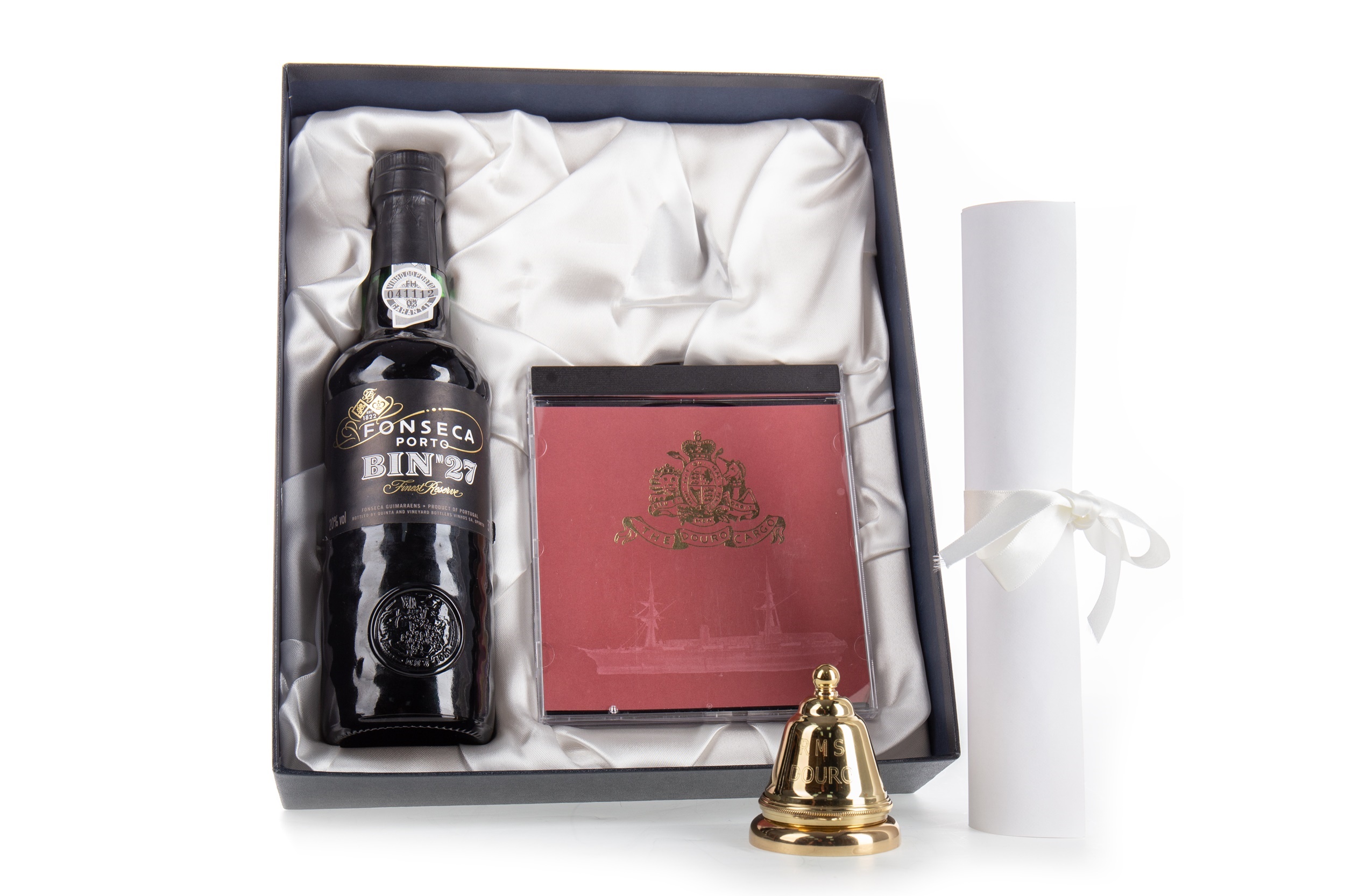Treasure of the Sea
Very few coins tell as compelling stories as shipwreck coins.
Rescued from tumultuous seabed, they have often travelled many thousands of miles before tragedy has struck and some have met their final resting place beneath the waves. However, some coins have fortunately been salvaged from such shipwrecks and I am proud to present one such example from the fateful shipwreck of the RMS Douro.
The tale of this gold sovereign comes from one of our very own ‘Clyde Built’ ships constructed on the world famous River Clyde. Launched in 1865, she formed part of an extensive fleet of vessels of the Royal Mail Steam Packet Company.
The RMS Douro is fondly remembered as the ‘unrivalled Queen of the South Atlantic’ and was one of the most favoured ships of her time, not only because she was sturdy and comfortable but because of her fine food and wines, music and laughter. At 2,824 tons, she was a sturdy iron hulled, screw driven vessel and as strong as she was, she was also very elegant with a graceful clipper bow and two brigantine rigged auxiliary masts.
The RMS Douro was responsible for not only carrying wealthy passengers on their Trans-Atlantic voyages but she also carried post and newspapers alongside some very precious cargo. Fitted with her own bullion room to ensure that these treasures arrived safely at their destination, this often housed diamonds and high value gold bars and coins, many of which were British gold sovereigns.
Sadly, this beautiful ship met her tragic demise on the 1st of April 1882. The night before, she departed from Lisbon heading for Southampton and after being delayed for 90 minutes, set full steam ahead. After a full day’s sailing, she passed Cape Finisterre, also known as ‘The Coast of Death’. With a full moon and no fog, visibility conditions were excellent and although the sea was a little rough, the Douro rolled with the swell.
Due to the clear visibility, the Fourth Officer noticed a ships lights in the distance and assuming that the officers on the bridge would too have been keeping watch and also noticed this, he didn’t bring it to their attention until it was too late. At 22:45 hours, the Douro collided with the Spanish steamship Yrurac Bat. On her starboard side, she suffered two large gashes and the Yrurac Bat rebound and hit her again, resulting in a catastrophic gash in her hull. She rapidly began taking on water and with passengers as the first priority, they were evacuated but tragically, within half an hour, the Douro sank alongside the Yrurac Bat. The Douro suffered a number of fatalities including six passengers, the Officers and the Captain who all tragically went down with the ship alongside her hoard of precious cargo which included thousands of gold coins, bars and diamonds. For almost a century, the Duoro lay undiscovered beneath the water.
In the 1970’s; Nigel Pickford, an author and shipwreck researcher, discovered a cryptic note dated 1949 written by his father, Thomas Pickford. It simply read, ‘Duoro, 1882, £53,000, Bay of Biscay’. After ten years of research fuelled by finding this treasure, Pickford was able to draw up a plan of where he thought the wreck area was and enlisted the help of Sverker Hallstrom, a marine salvage specialist, to put it into action.
For two years, Hallstrom searched the wreck area with no luck and multiple cases of mistaken identity. On the 4th of July 1994, the underwater ROV came across a wreck and they were unable to tell if this was the Douro until they had a stroke of pure luck. One of the crew spotted a plate wedged into the muddy seabed bearing the name of the RMS Company and behold… the Douro was discovered!
The ROV’s cameras were able to locate the bullion room on the ship and miraculously, this was still intact meaning that the coins were contained and not scattered across the seabed. As she was lying 1,500 feet underwater, a modified oil drilling rig was required to bring up the hoard of gold, crockery, wine and other goods. This would be a challenging task as a cargo of gold had never been recovered from the collapsed hull of an iron ship before however they enlisted the use of a modified oil drilling rig and they were able to recover the lost treasure. Hallstrom reported that an astounding 93% of the original cargo of gold bullion had been recovered, an exceptionally high percentage. The treasure was taken to Jersey and declared and after the required period of one year and a day, was released and sold through auction.
These coins are very rare to market and lot 90 of the Coins and Banknotes Auction comprises an 1864 Victoria sovereign from the shipwreck which is housed within a small brass model of a ships bell engraved with ‘RMS DOURO’. This is accompanied by a bottle of port and the presentation set is numbered 135/800.
After over 100 years, this glittering treasure finally found its way to Britain and now you could own a piece of this ships fantastic, albeit tragic, history.
Entries are currently invited for the next auction taking place on 1 November. For a complimentary, no-obligation valuation, contact a specialist on 0141 810 2880 or amy@mctears.co.uk.
What's it worth?
Find out what your items are worth by completing our short valuation form - it's free!

